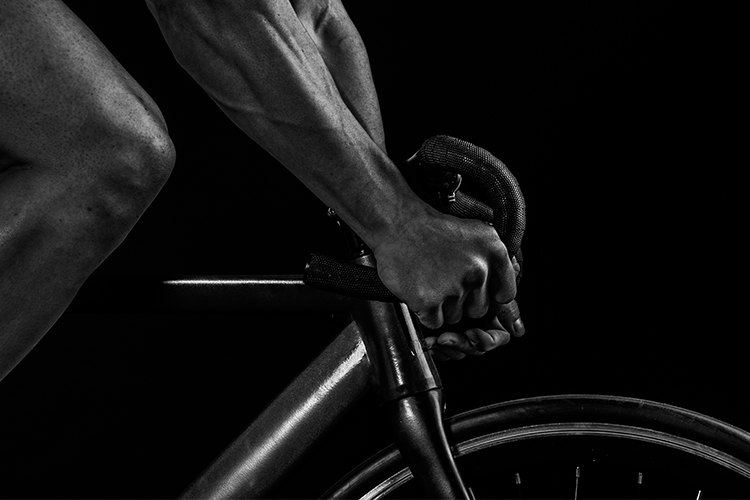Measuring the modern athlete
Accelerometers are everywhere. They’re in our smartphones, our laptops, in cars, and in our wearable devices. Accelerometers can detect changes in acceleration often up to 1000Hz, giving us 1000 data points every second. Due to the specific demands of much of our wearable technology, accelerometers are supported by a number of other devices within the system. Gyroscopes help determine orientation by using the earth’s gravity and without them, the accelerometers would not be able to provide valuable insights to coaches and practitioners. Magnetometers also support the accelerometer with direction and orientation, acting like a compass. Together, these three sensors are often termed an inertial measurement unit.

Greater insights through accelerometers
With the rise of global positioning systems (GPS) over the last 10 years, the accelerometer is often forgotten about. In the most up to date GPS devices, metrics such as total distance is collected at 15-20Hz, a fraction of the sample rate of the accelerometer. For staff and player buy-in and ease of understanding, practitioners often gravitate towards what is often termed ‘level 1 data’. This includes total distance and what velocities are reached within that distance. For examples, player X ran 10km and 500m above 19.8km/h. As practitioners progress along their journey using such systems, they often begin to see the flaws in this type of data and look towards the accelerometer for deeper insights. This leads to the practitioner looking more into accelerations, decelerations and stride characteristics. The analysis of stride characteristics is becoming prevalent as practitioners incorporate ‘invisible monitoring’ to quantify athlete fatigue in the field. The accelerometer can also detect collisions which can be important in sports such as rugby and American football where coaches look to periodize the amount of direct contact their athletes are exposed to across the week.
Injury detection with accelerometers
Over recent years, concussions have received a lot of press attention with some high profile athletes retiring from such injuries. A number of governing bodies and associations are turning to sports technology companies to embed accelerometers within protective headgear to try and quantify collisions. This will hopefully lead to sports scientists and performance coaches gaining a greater understanding of the demands being placed on their athletes so they can ensure their safety.
Turning science into practice
So with all that said, how are some of the best coaches, sports scientists and physiotherapists using accelerometers in the practice? We have collected a list of case studies and articles that share insights into how they use accelerometers in a variety of contexts and environments to either increase performance or reduce injury risk.
- IMU Step: Helping monitor chaos during rehab
- Discovering deeper insights into lower limb loading: A case study with a Premier League academy
- The best wearable technology for athletes
- Using inertial sensors to improve the return to play process: A case study with Loughborough University

